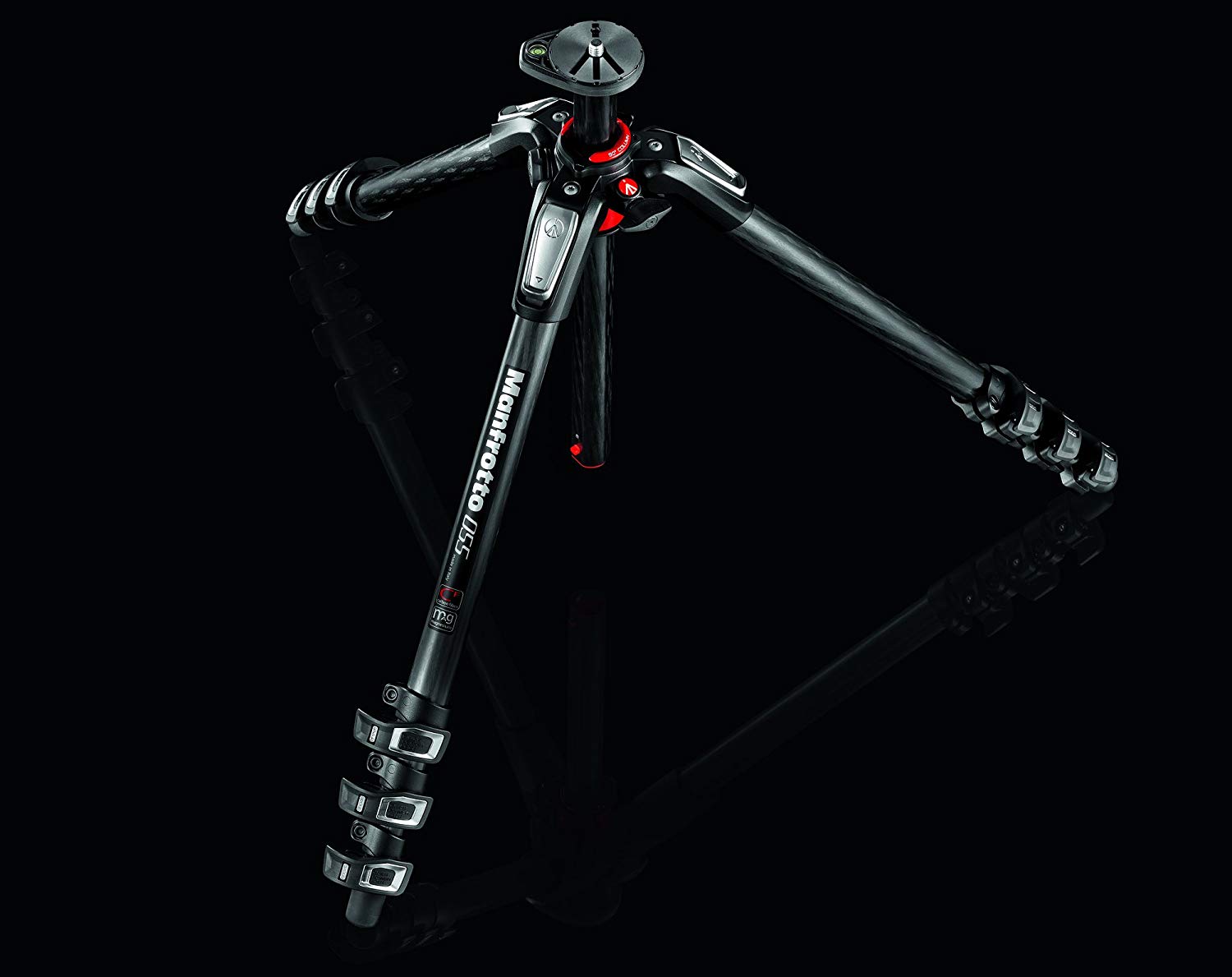


Original full panorama height from which the image was cropped. Or, if only a partial panorama was captured, this specifies the width of what the full panorama would have been. Original full panorama width from which the image was cropped. Original height in pixels of the image (equal to the actual image's height for unedited images). Original width in pixels of the image (equal to the actual image's width for unedited images).

When individual source photographs were captured, whether or not the camera's exposure setting was locked. Number of source images used to create the panorama This is similar to a zoom level.ĭate and time for the first image created in the panorama.ĭate and time for the last image created in the panorama. The initial horizontal field of view that the viewer should display (in degrees). The roll angle of the initial view in degrees. The pitch angle of the initial view in degrees. The heading angle of the initial view in degrees. Google products currently support the value equirectangular.Ĭompass heading, measured in degrees, for the center the image. This may sometimes be the same value as that of GPano:CaptureSoftware. The software that was used to create the final panorama. This should be left blank if source images were captured manually, such as by using a DSLR on a tripod. If capture was done using an application on a mobile device, such as an Android phone, the name of the application that was used (such as "Photo Sphere"). The application displaying or ingesting the image may choose to ignore this. This may be specified based on user preferences or by the stitching software. Whether to show this image in a panorama viewer rather than as a normal flat image. Reference: Photo Sphere XMP Metadata Property The preferred schema namespace prefix is GPano.Specifies XMP properties that provide information regarding the creation and rendering of a panorama image. Panorama tags written by Google Photosphere.


 0 kommentar(er)
0 kommentar(er)
